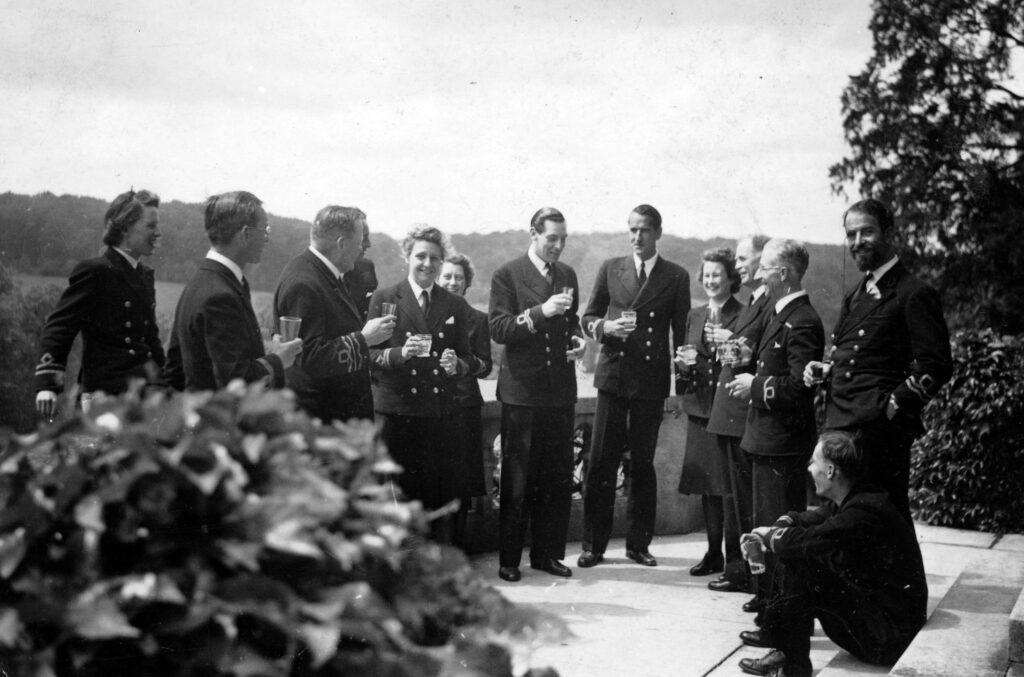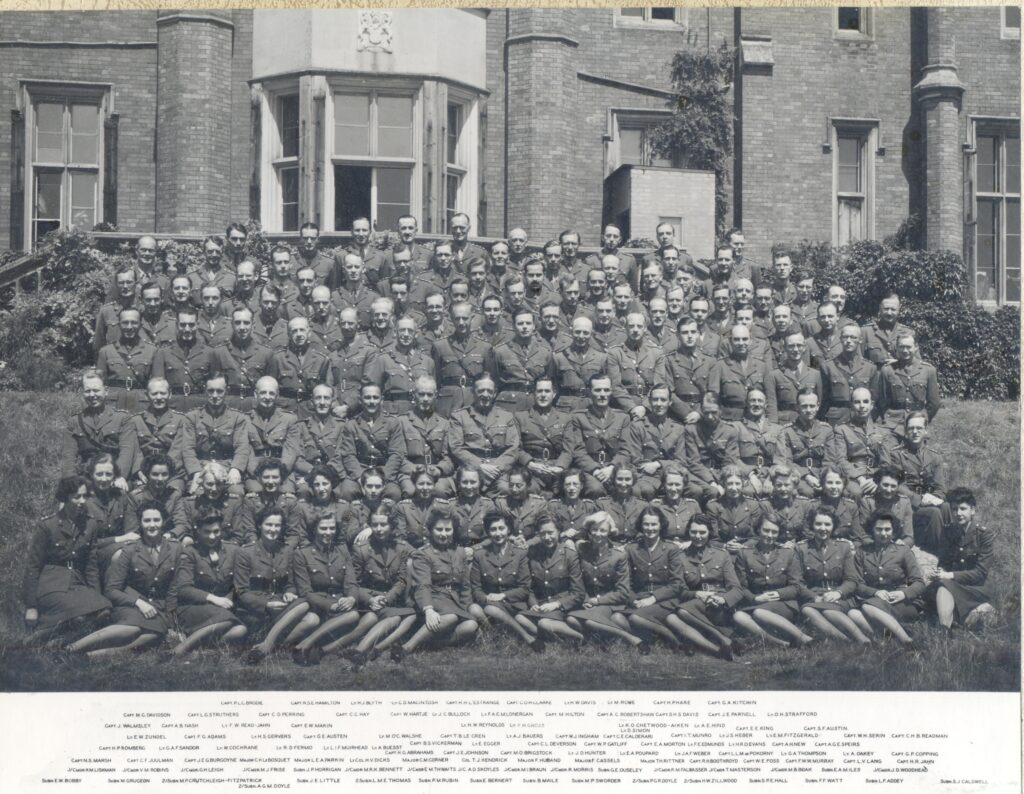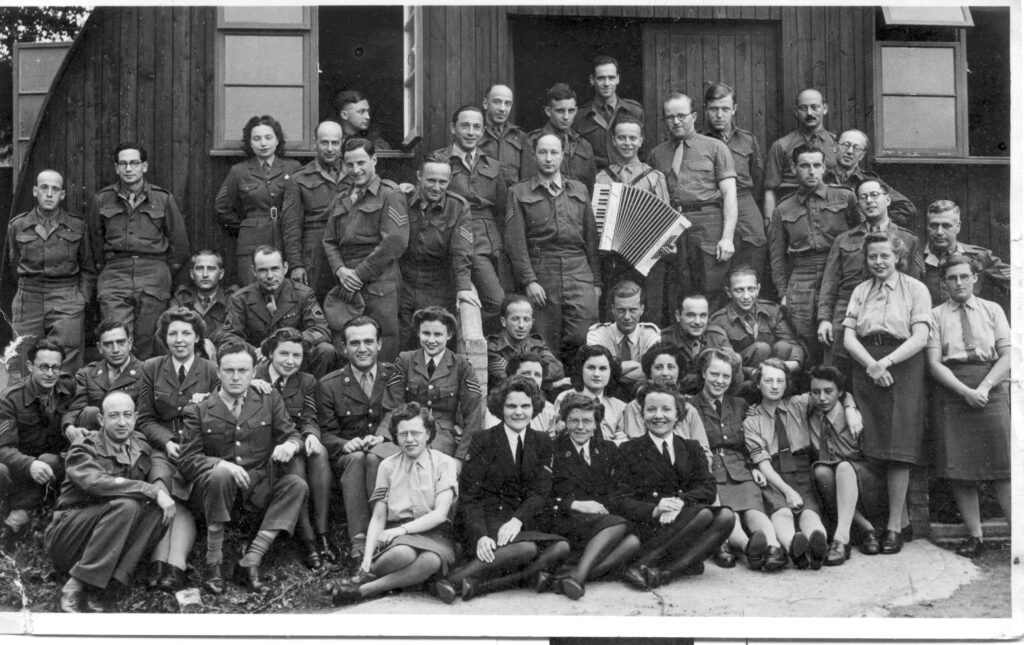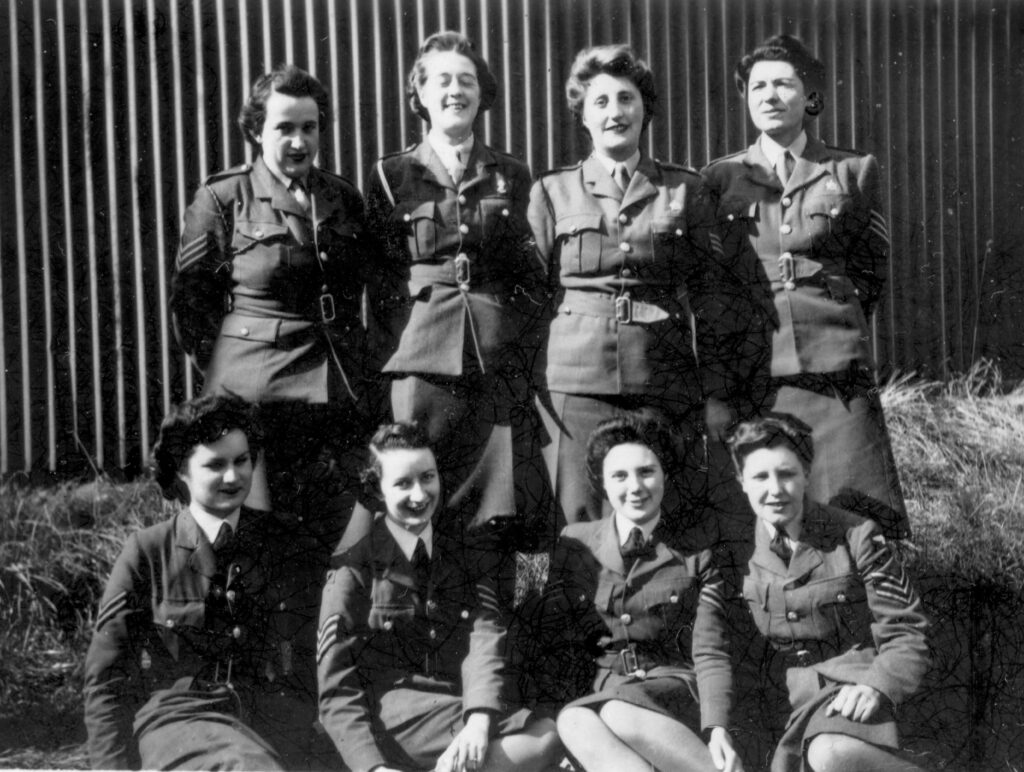The Spymaster
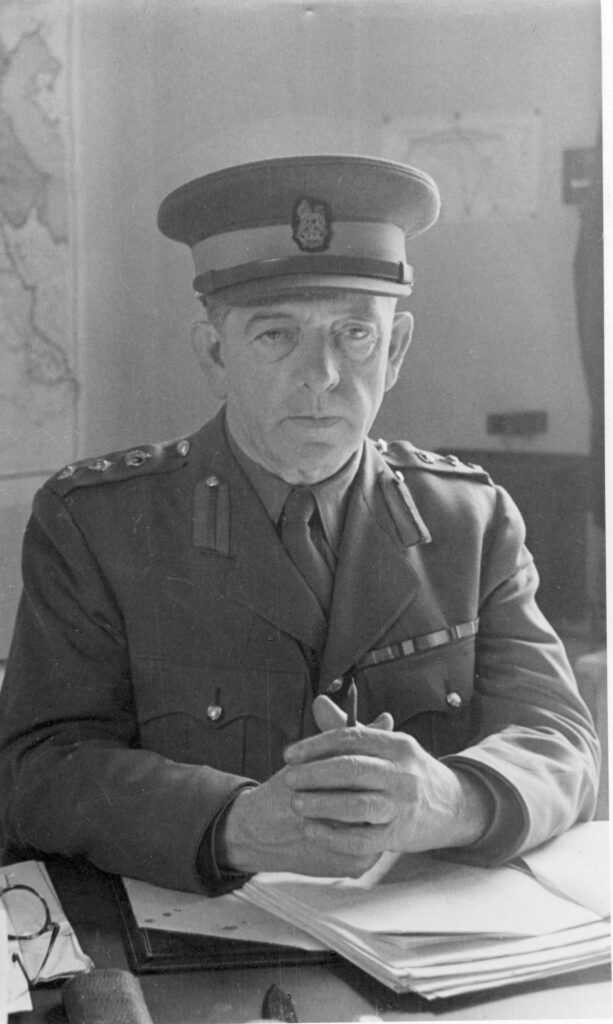
The Listening HQ, Latimer House, 1942
Thomas Kendrick was the mastermind behind the whole clandestine bugging operation of WWII. With a history of being a top spymaster for MI6 in Europe in the 1920s and 1930s, he understood how to gain information from prisoners of war without resorting to a ‘third degree’ measures.
Originally born in Cape Town in British South Africa, he went on to serve behind enemy lines at the end of the Boer War (1902) as well as in the Intelligence Corps in France in WWI. In the 1920s and 1930s he worked undercover in Vienna as a spy for the Secret Intelligence Service, MI6. He ran spy networks into Czechoslovakia, Hungary, Italy and Nazi Germany.
Kendrick was ‘a man of great charm, a keen sense of humour, with an air of middle-aged respectability,’ extract from Spymaster: The Man who Saved MI6.
He established a highly efficient, methodical, ‘factory’ of industrial scale intelligence-gathering that worked closely with Bletchley Park, as well as other sites such as RAF Medmenham (where aerial photography was analysed from pilot’s mission), MI5, MI6, Naval intelligence and air intelligence.
The British needed information on a vast range of subjects, such as enemy operations and battle plans, German military capability and rearmament programmes, new weapon capability and technological development in relation to aircraft and U-boats, details of encrypted codes and communications between Hitler’s armed forces and his Secret Service. Kendrick knew precisely how to gain that information secretly from the POWs: give them a phoney interrogation and they will return to their room and boast to their mate what they had not told the interrogation officer. It was so clever.
Intelligence results were frequently discussed over cocktails on the terrace. The favourite cocktail for the Naval intelligence interrogators was pink gin.
Lunches were also an essential part of keeping intelligence departments and commanders on side, fully cooperating with Kendrick and his personnel and understanding the importance of the 3 eavesdropping sites.
